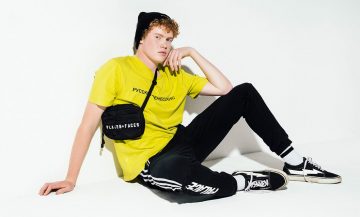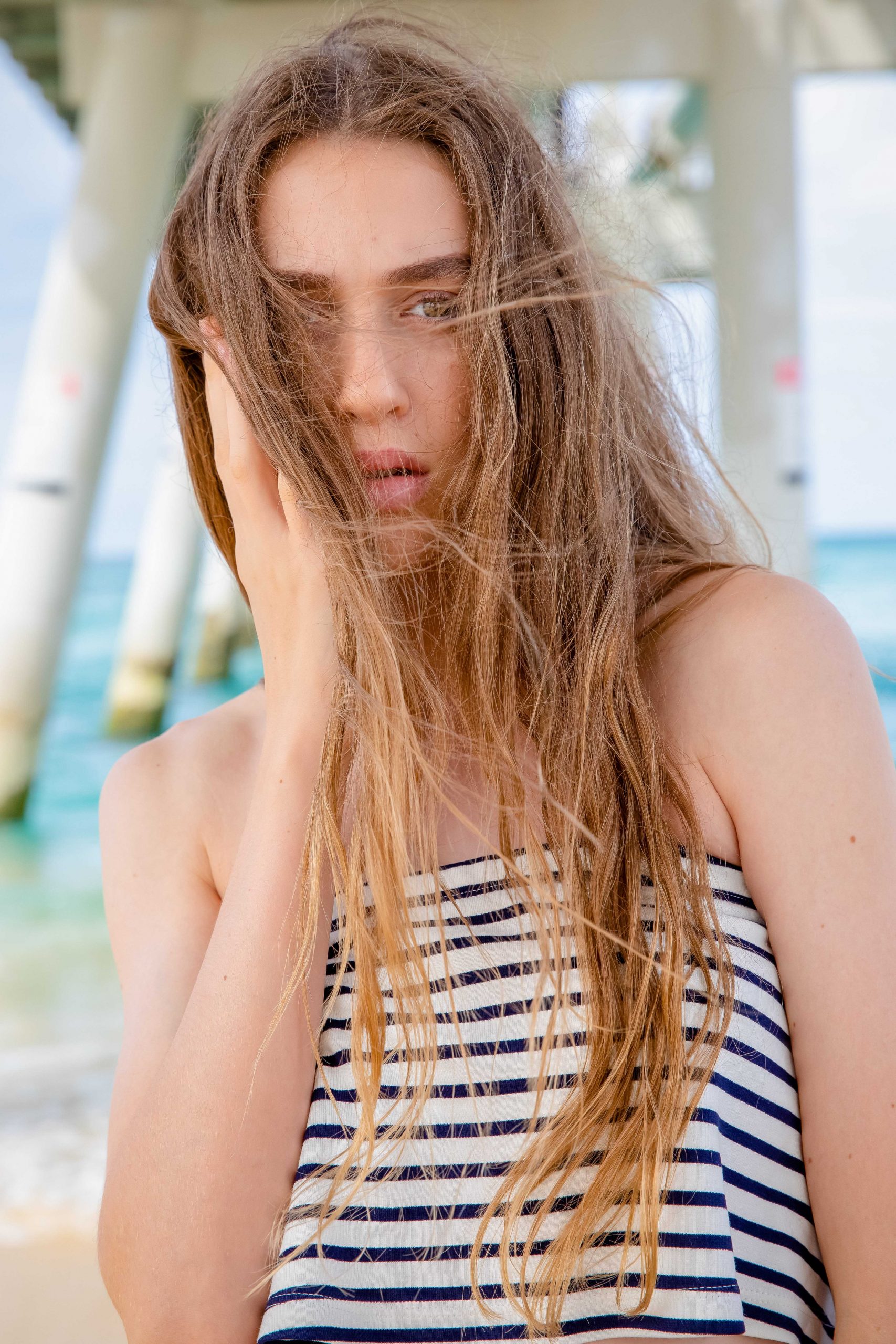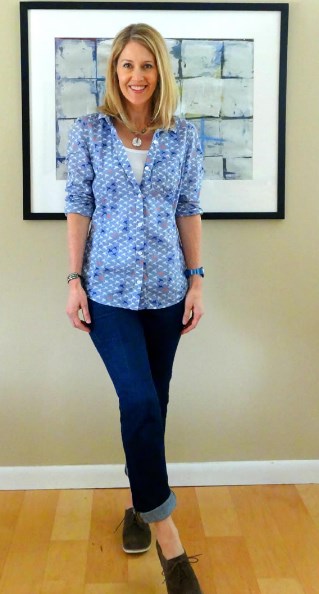The Beginner's Guide to Product Photography
If a photo deserves a thousand words, a stunning product photo deserves a thousand site check outs. Although I don't have information to back up that statement (yet), product photography can be incredibly useful to your ecommerce website technique.
To reach your target audience members that choose acquiring online, you likewise require to give your audience clear, attractive pictures of your items.
However product photography isn't as straightforward as directing and also shooting. Also the most fundamental products require the correct devices, illumination, and room to generate attractive images that sell buyers right from the purchase web page.
6 Product Photography Tips ( as well as Examples) for Taking Photo That Offer
Here are the suggestions, examples, and materials you'll need to properly photograph and also market your items in a way that makes your site visitors http://zaneifjj492.almoheet-travel.com/just-how-product-photography-enhances-sales and also leads wish to transform.
1. Do not be afraid to utilize your smartphone's electronic camera.
This is the part where I'm supposed to convince you to buy a high-end, 50-megapixel (MP) cam with a 100-millimeter screw-on lens. However I'm not mosting likely to do that.
If you already own a electronic camera that fits this description, benefit from it. But for many kinds of products, it's totally appropriate to fire product photos on a smartphone.
More recent smart devices flaunt effective electronic camera lenses as well as setups that permit you to enhance your shots for the various kinds of light and also atmospheres you could shoot in.
If you require much more persuading, just have a look at Apple's Shot On An iPhone campaign and also the pictures that have actually arised from it over the years such as this one:
2. Shoot from a tripod for photo consistency.
Prior to clarifying tripods, I'm bound to begin with a primary guideline: Don't prop your phone against something tough to intend your lens towards the topic.
It's simply as well easy for this makeshift arrangement to move about throughout the shoot as well as create incongruities in your images' appearance. If you relax your video camera on, claim, a pile of books, just make certain this arrangement does not alter throughout the shoot.
There's no damage in holding your camera on your own when shooting simply a few product pictures for your ecommerce site. Yet as your service expands, and also you take a lot more pictures of even more products, it can be challenging to systematize the product's orientation in each photo when firing portable.
To make sure consistency across your items, you'll require a tripod. And thankfully, getting one isn't always the large, industrial-sized investment it utilized to be.
Right here are 2 sorts of tripods to take into consideration.
Traditional vs. Adaptable
This is a custom tripod-- there are traditional tripods readily available for both cams and smart devices.
A flexible tripod can be controlled in a variety of methods. You can bend its legs and also position it on different surface areas to obtain the angle you require.

Mobile Grip
There's commonly a screw on the top of your tripod which affixes to your video camera to hold it in place. The underside of the majority of professional-grade video cameras has a screw hole just for this function, but smartphones can utilize the following adapter:
The adapter grasps the sides of your smartphone as well as can screw into either sort of tripod, enabling you to operate the cam manages with the phone display facing outside and also towards you.
When you determine which mount you'll need, set it up before your product, as well as take into consideration placing three items of tape on the ground to mark where you wish to keep each leg of your tripod over the course of the shoot.
3. Choose natural light or artificial light.
Never ever take too lightly exactly how specific types of light can boost (or hinder) your product photography. Remember, customers get the very best look at an thing face to face, where they can see every little thing they need to before acquiring. The best lighting plan aids you expose those essential decision-making product functions when all web site visitors have to go on is a photo.
A solitary lighting arrangement might not help every product-- a lighting setup that works for some items could damage the appearance of others.
There are 2 kinds of light you can choose as your major source of light: natural and man-made light.
Natural Light
Natural light describes sunshine-- simple as that. It's likewise referred to as "soft light" since the sun casts a larger, softer range of light than, say, a light beaming directly on the product. Ecommerce product shots thrive in all-natural light if:
The product is shot outside or meant to be utilized outside.
The product is used by, worn on, or shot with a individual ( individuals have a tendency to look far better in natural light).
You're attempting to emphasize the product's surroundings, instead of particular characteristics of the product.
Right here's an example of a shot utilizing natural light:
Fabricated Light
Man-made light includes candles, fire, and a lot more commonly, light bulbs. It's likewise described as " tough light" since it generates a smaller sized but a lot more concentrated light surface. This type of light caters to products with physical details that need to be highlighted to thrill an online shopper.
As a general rule, stay with just one type of light per photo-- all-natural or man-made. Adding natural light to an synthetically lit photo can soften a product that's indicated to look sharp, and including fabricated light to a normally lit photo can sharpen a product that's implied to look soft. You don't wish to get in your very own method.
4. Load or jump your light to soften shadows.
Whether you utilize all-natural light or synthetic light, you'll need to reduce the shadows that any type of prospective hard light casts on the contrary end of a product.
There are three methods to do this:
Load Light
Consist of one more, less-intense light source to supplement your primary light. This extra light is called your fill light as well as is used as a counterbalance to soften the all-natural shadow your primary light generates behind an things.
To do this, put your fill light contrary your main light so your product rests between both source of lights.
Flashbulb Bounce Card
A bounce card, or reflector card, is a small card that "reflects" or "bounces" the main light back onto the surface underneath your product to decrease darkness.
Some bounce cards affix to the flashbulb of a specialist camera lens to diffuse the light from the camera's flash. This card sprays a softer light onto the subject from over your set-- rather than directly at it-- so you don't have long shadows trail behind the things you're shooting.
Standalone Bounce Card
If you're shooting from a mobile phone, a flashbulb bounce card isn't an alternative, since you do not have a physical flash you can attach it to. Instead, make your very own standalone bounce card positioned contrary your major source of light.
For newbies to product photography, this bounce card can effectively change your fill light, which counters the tough light from the video camera flash or lamp that's encountering toward the front of your product.
5. Utilize a sweep or picture setting to stress the product.

Consider first whether you 'd such as a white background or a extra dynamic, real-world history. There's an very easy means to attain each one.
White Background: Move
For white backgrounds, it's not as easy as setting up a table versus white drywall. Even mobile phone cams can pick up little blemishes on a white wall surface that you would not see with the nude eye. To capture a excellent white background without any corners or blemishes, make use of a move.
A move is a huge flexible sheet of paper, whose bottom acts as the surface area under your product and afterwards curves up into a white wall behind the product.
On video camera, the sweep's curve is undetectable, stressing essential product information and enabling the item to own every one of a internet site site visitor's interest.
Real-World Background: Picture Setting
Dynamic, real-world histories are extremely attractive when shooting products that have a certain use or are being modeled by a individual-- as you saw in the picture of the brief-case earlier in this guide.

Yet, it's easy for a real-world background Stock Photography to take the focus of the photo, making it unclear which product in the photo you're in fact selling.
Provide your product deepness as well as focus with portrait setting, a photo setup on most specialist electronic cameras, as well as also available on numerous new mobile phones. This setting blurs the history so the context of the product is clear yet not completing against the product itself.
Below is a incredibly amazing photo of a HubSpot pen taken in portrait setting on a Google Pixel 2 (I took this image myself). You can tell the pen rests on a desk with a computer system behind it, but the pen is still the prime focus for customers:
6. Shoot a range of photos.
My last ecommerce photography pointer to you is to not stop at one photo per product. Just as your consumers look, hold, make use of, and even try on merchandise in a store, your site needs to fire a selection of photos to imitate this very experience.
If you're firing garments, as an example, capture the garment of garments alone-- that is, expanded on a white surface-- in addition to on a mannequin whose shade contrasts the shade of the product.
After that, for extra photos, have the garments modeled on a individual, allowing you to take images of the product from the individual's different positions and also angles.
Product Photography Set-Up
Next off, let's summarize what we just obtained-- below's a checklist of quick product photography set-up pointers that you can describe as well as share on your group:
• Choose a electronic camera-- whether or not that means utilizing your mobile phone.
• Get a tripod that helps your electronic camera of selection.• Choose all-natural or fabricated lighting-- consider which alternative is best for your product as well as setting.
• Determine whether you'll fill up or bounce light.• Select move or picture setting.
• Take several various photos to use your visitors range.
Get Started With Your Product Photography
Do not really feel obligated to purchase every idea and piece of equipment simultaneously. Apply these product photography tips gradually to see what makes your store look the most nice, and also transform your technique as your photography chops get better.